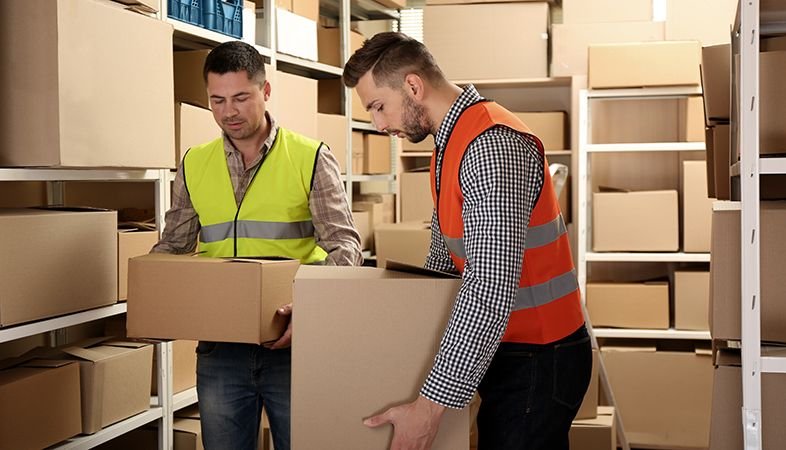Accidents occur every year while goods are being stacked or de-stacked, or when they are being moved in and out of storage. Many of these accidents can be serious, causing major injuries. Find out what precautions businesses and employees can take to prevent accidents from occurring.
What should employees know before moving, handling, and storing materials?
- Employees should be trained in hazards associated with handling, moving and storing materials
- They need to be able to apply general safety principles including proper work practices, equipment, and control that can help reduce workplace accidents involving the moving, handling, and storing of materials
- Whether moving materials manually or mechanically, employees should know and understand the potential hazards associated with the task at hand, and how to control their workplaces to minimize the danger
What are the potential hazards?
- Falling materials and collapsing loads can crush or pin workers, causing injuries or death
- The weight and bulkiness of objects being lifted can result in injuries if handled incorrectly
- Bending, followed by twisting and turning can result in back injuries
- Falling objects and improperly stacked materials, the collapse of shelving can result in injuries
- Strains and sprains from lifting loads improperly, or from carrying loads that are either too large or too heavy
- Fractures and bruises caused by being struck by materials or by being caught in pinch points
- Cuts and bruises caused by falling materials that have been improperly stored, or by incorrectly cutting ties or other securing devices
What precautions must workers take to avoid storage hazards?
- Stored materials must not create a hazard for employees
- Keep storage areas free from accumulated materials that can cause tripping, fires, or explosions
- Separate incompatible material
- Place bound material on racks, and secure it by stacking, blocking, or interlocking to prevent it from sliding, falling, or collapsing
What safeguards must workers follow when stacking materials?
- Ensure that stacks are stable and self-supporting
- Racking and shelving should be adequate to support and contain materials
- Aisles should be free of obstacles and waste materials
- Goods should not be stacked within one meter of the ceiling, roof or sprinkler heads
- Goods should be kept clear of light fittings, heating pipes, appliances, firefighting and alarm equipment, along with doors
- Safe access, by means of ladders or platforms, must be provided to climb or remove goods from stacks or shelves
